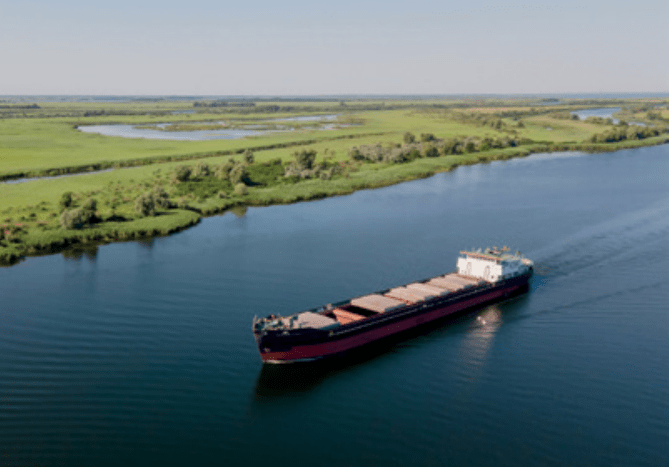Comparing external sales for the same periods from March to March to November 2021 and 2022 and for the same importers, Ukraine‘s total exports decreased 30.0%, while Russia‘s exports increased 15.6%, according to World Trade Organization (WTO) data.
These aggregate figures hide substantial variation in responses between products and importers.
Above all, the increase in Russian exports is due to primary sector products, such as fuels, fertilizers and cereals.
However, the relatively limited increase in the value of trade, together with the sharp rise in the prices of these goods suggests that the volume of Russian exports may have decreased slightly.
This is true for non-complex goods, such as wood products and steel, and for goods that rely on complex supply chains and inputs from advanced economies, such as motor vehicles, pharmaceuticals and aircraft, where sanctions are likely to be particularly restrictive.
Likewise, importers have reacted very differently over the past year.
While some countries reduced their imports considerably, such as the United States, the United Kingdom, Poland, the Republic of Korea and Finland, others increased their imports, such as China, India and Turkey.
This partly corresponds to whether or not countries imposed sanctions.
However, some countries that imposed sanctions, such as Italy, Greece and France, also saw their imports increase due to the temporary exemption of fuels from sanctions coupled with higher oil and gas prices.
Exports
The WTO further notes that examining how Russian and Ukrainian external sales have evolved during the war has its caveats, as direct data are not observable in the case of Russia and are likely to be distorted in the case of Ukraine.
Instead, it is necessary to rely on so-called mirror estimates obtained from importers reporting trade with the two countries.
In addition, it is less reasonable to use world average prices to obtain volume estimates due to the presence of sanctions and other country-specific measures that could drive a wedge between world prices and prices charged by Russia and Ukraine.
Consequently, the focus is on trade values, which do not necessarily reflect changes in traded quantities.
![]()

